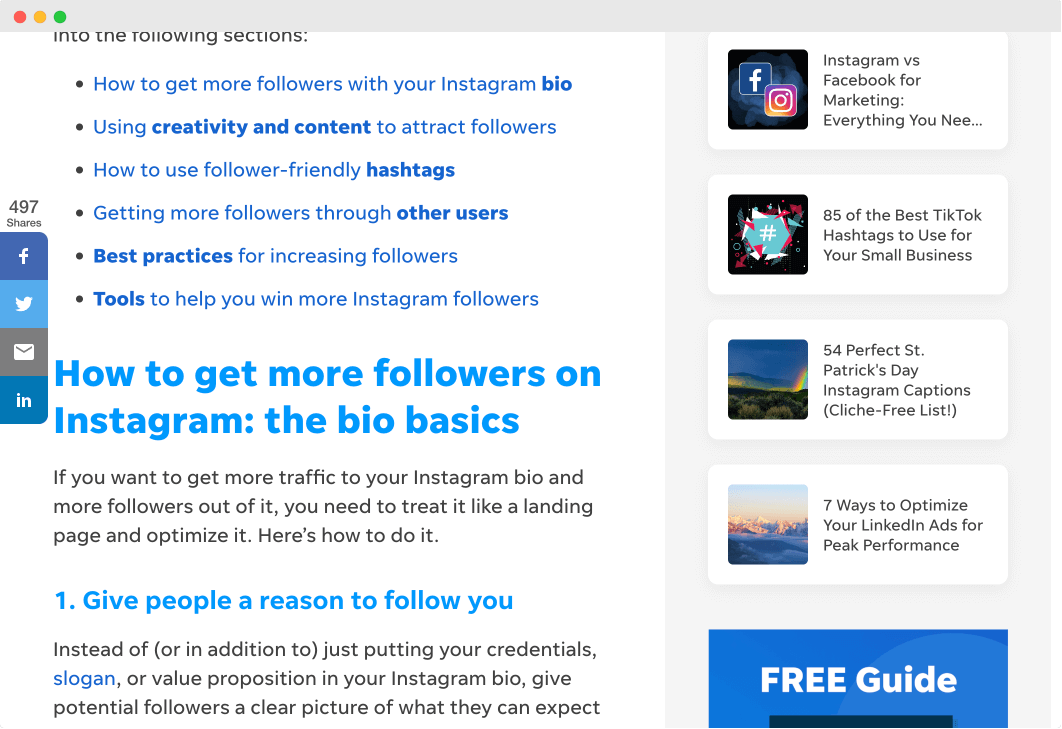The need for taxonomies
I read a lot of books.
And I prefer to visit the store physically and buy them.
I like their smell and would love to skim through the pages aimlessly.

Anyway, the thing is, every time I plan to visit a bookstore, I usually go looking for specific books on the subjects such as Programming, Business, Cooking, etc.

And to make things easier for me, the books inside the store are neatly organized into various shelves labeled with the following:
- Business
- Fiction
- Non-fiction
- Politics
- Cooking
- Advertising
- Internet
- The list goes on and on
This way, I go straight to a particular labeled shelf and pick the books I might want to purchase.
This saves me a lot of time, right?
Because of labeled shelves, I don’t have to wander around all the books in the library to find what I want.
And it also doubles the sales for the bookstore owner too.
Let me explain.

Let’s say I went to the bookstore for a business management book called “Leading With Heart”.
Luckily, the book was there, and I picked it up for the purchase.
But while picking up the book, I also saw “The 10X Rule” book, skimmed through it, liked it, and decided to purchase it.
Initially, I had no intention of purchasing anything other than the “Leading With Heart”.
But just because all business books are organized under a single shelf, I could easily pick another book of similar interest and buy it impulsively.
And from the perspective of a bookstore owner, he got two sales instead of one.
Isn’t this a benefit for the owner of the bookstore?
This is how Supermarkets work as well.
Everything is logically organized to make the customer’s life easy and help the customer make more purchases.
In fact, this is everywhere around you if you notice.
And our blogs shouldn’t be any different too.
For example, if you are blogging about “Making money online” and you have written a lot of blog posts, you should neatly organize them into the following shelves:
- Finding freelance work
- Monetizing Youtube Channel
- Starting a dropshipping business
- Taking online surveys
- Creating a blog
- Being an Instagram influencer
- A dozen other shelves
This will make your website visitor’s life a lot easier.
For example, Let’s say that the visitor wants to monetize her Instagram profile, and she stumbled on one of your articles.

If she finds your article valuable, she will definitely look for similar articles on your website to learn more from you, right?
And when she is looking for more of them, if you can make it easy for her to access other Instagram-related articles, she will probably read them too.
This will lead to her spending more time on your website, and eventually, she’ll start trusting your authority on the subject.
Finally, once she gains trust in you, she’ll make purchases by clicking on your affiliate links and even buy your online courses.
That’s the power of organizing your blog posts into specific topics.
Long theory short, organizing your blog posts will improve the user experience of your website by allowing users to find what they want quickly and easily.
But how do you achieve all this with WordPress?
This is where WordPress Taxonomies come in.
So, what are WordPress taxonomies?
In WordPress, taxonomies are a way to organize your blog posts.
In other words, they help visitors find similar posts.
They are similar to labeled bookshelves in a bookstore.
And there are three main types of taxonomies in WordPress:
- Categories – Used for broad classification of posts
- Tags – Used for a more granular and specific classification of posts
- Custom Taxonomies – Used when you need an additional way of classifying your posts.
All these three taxonomies will help us organize our blog posts in a particular way, and each of them has a purpose.
But for this course, we will only learn Categories and Tags.
And we will do that starting from the next lesson.


 © 2025 UsableWP. A project by Naresh Devineni.
© 2025 UsableWP. A project by Naresh Devineni.